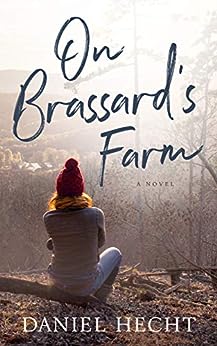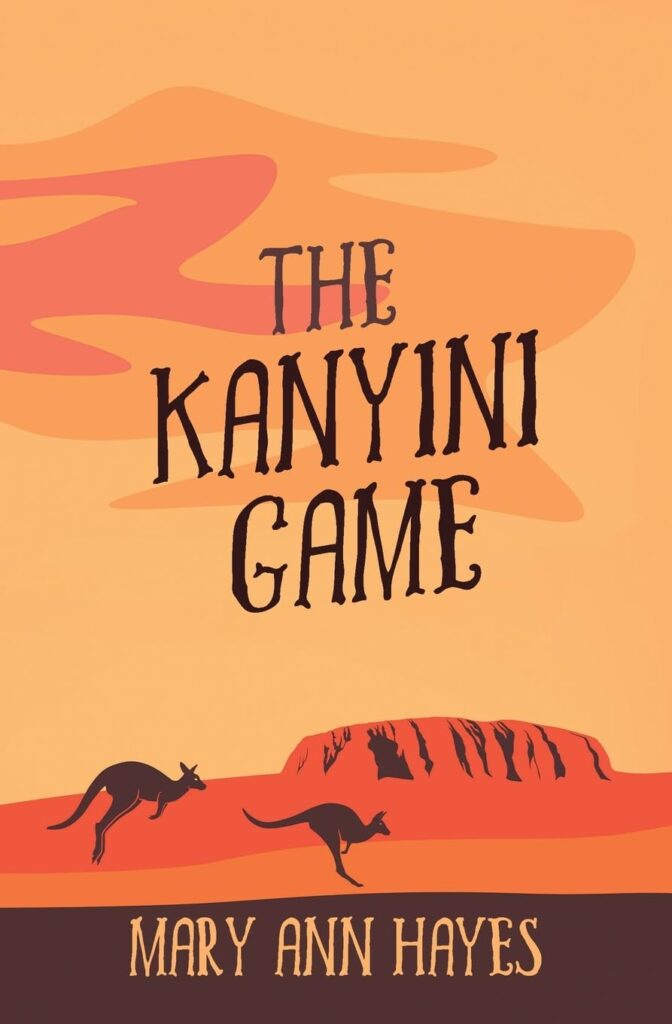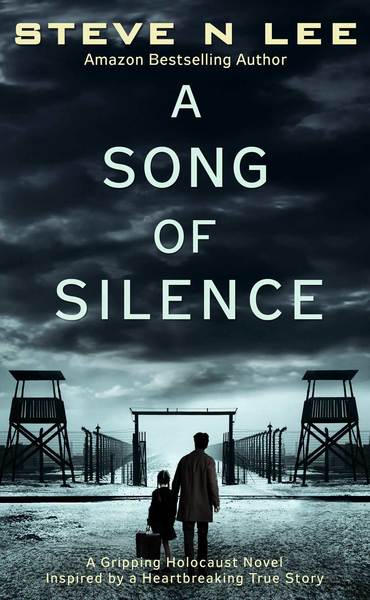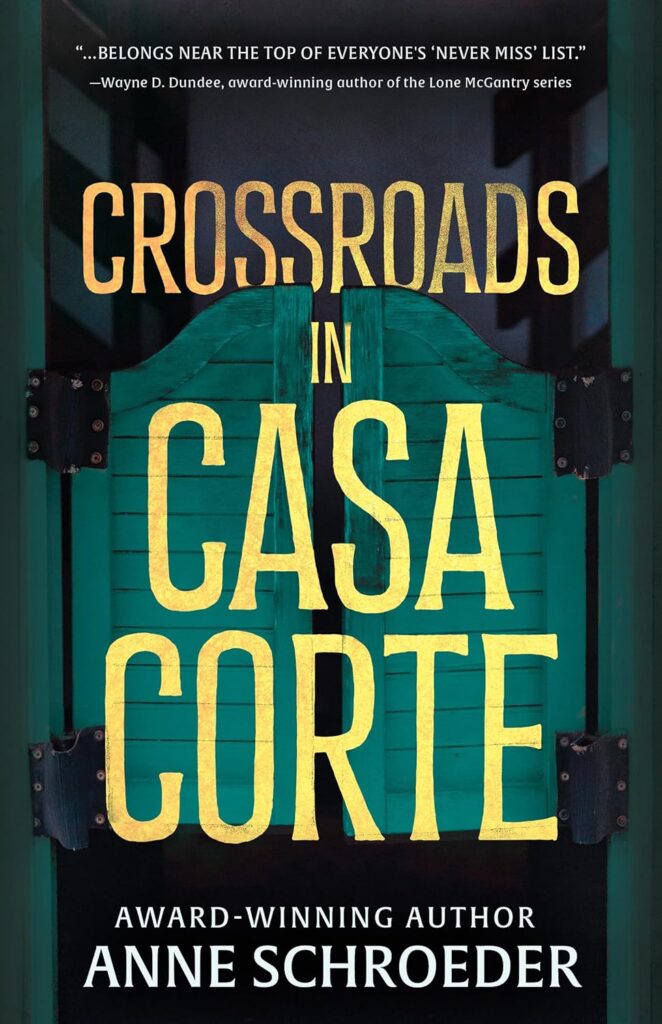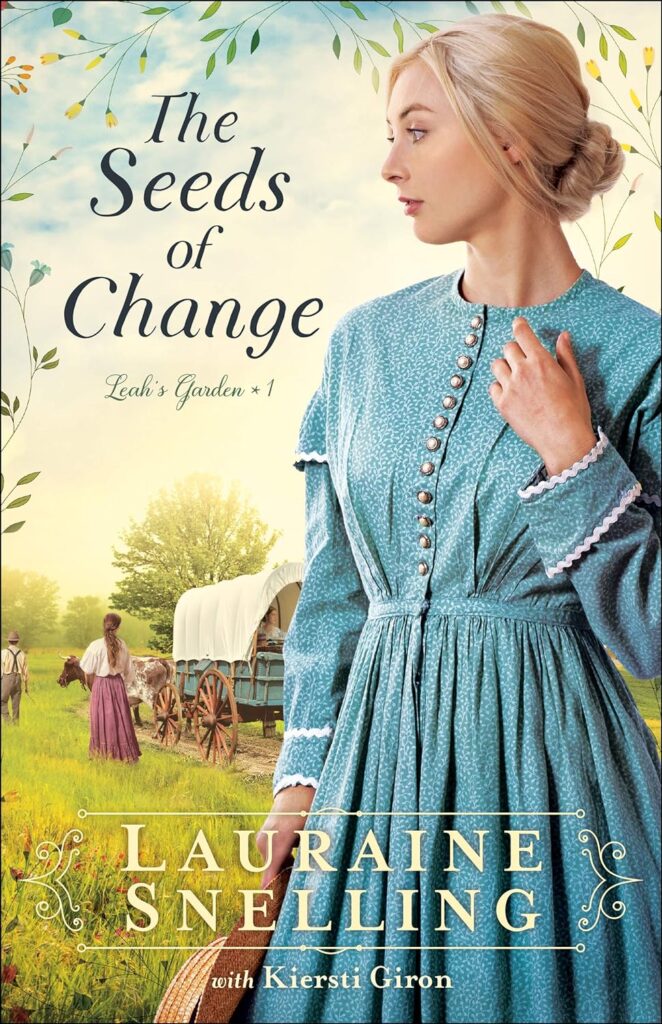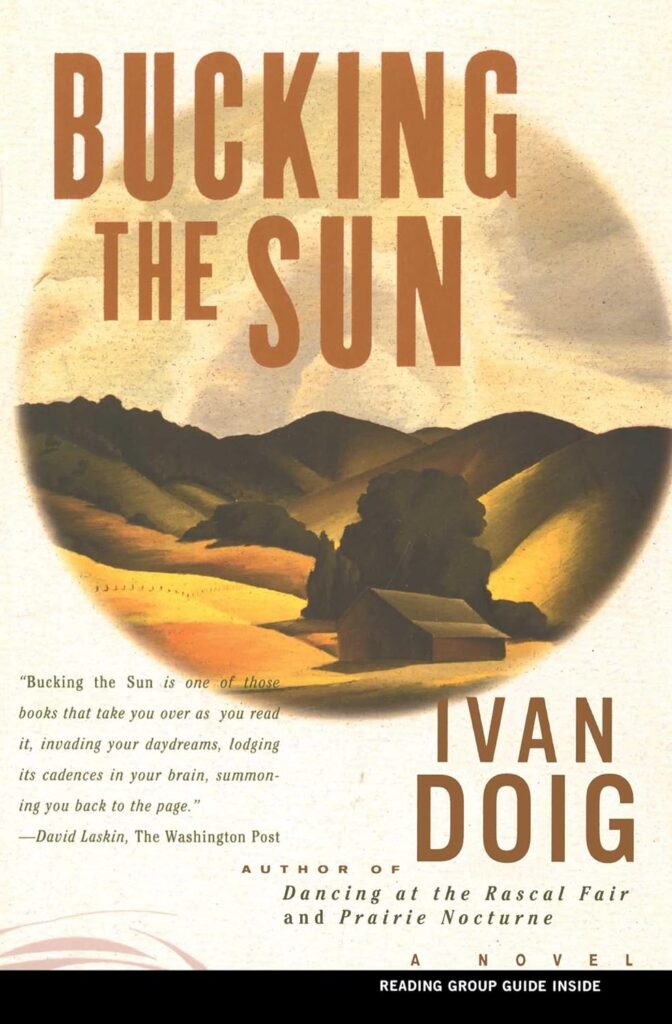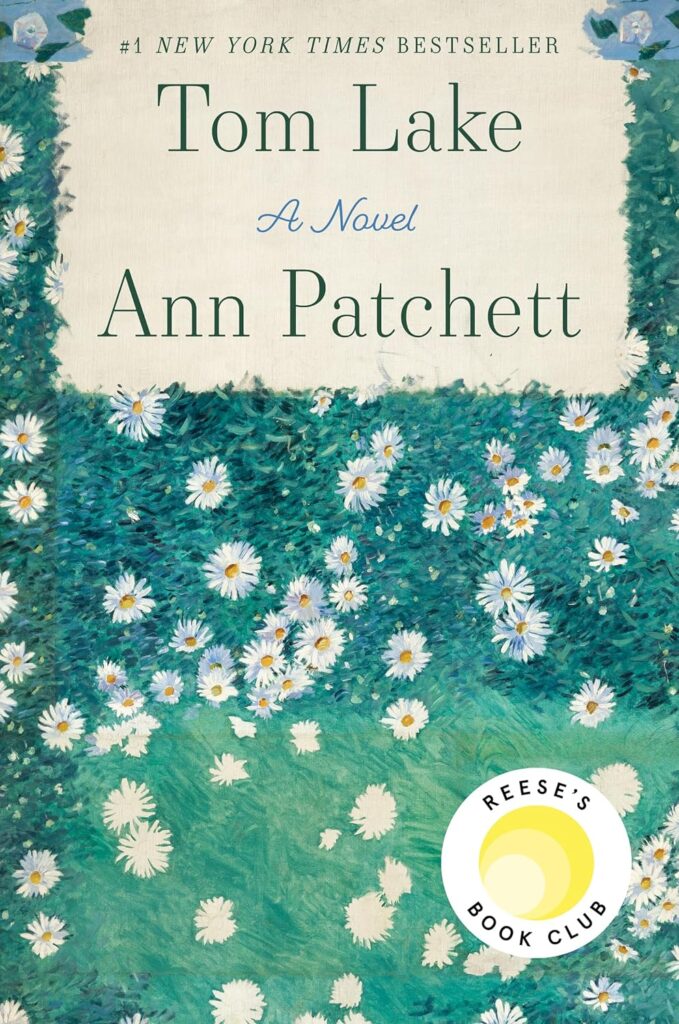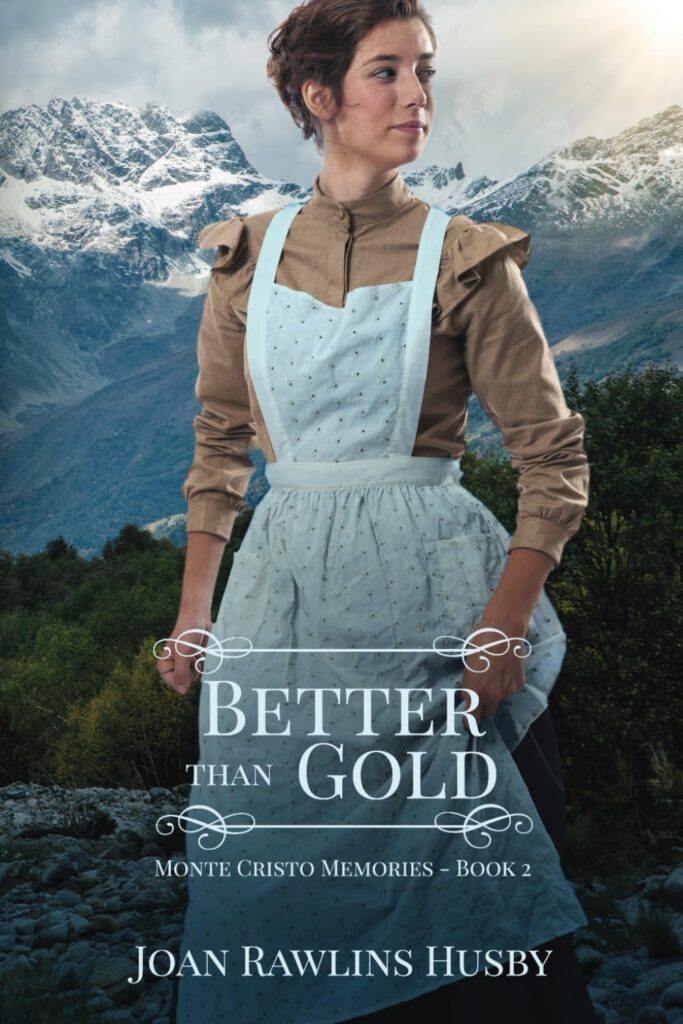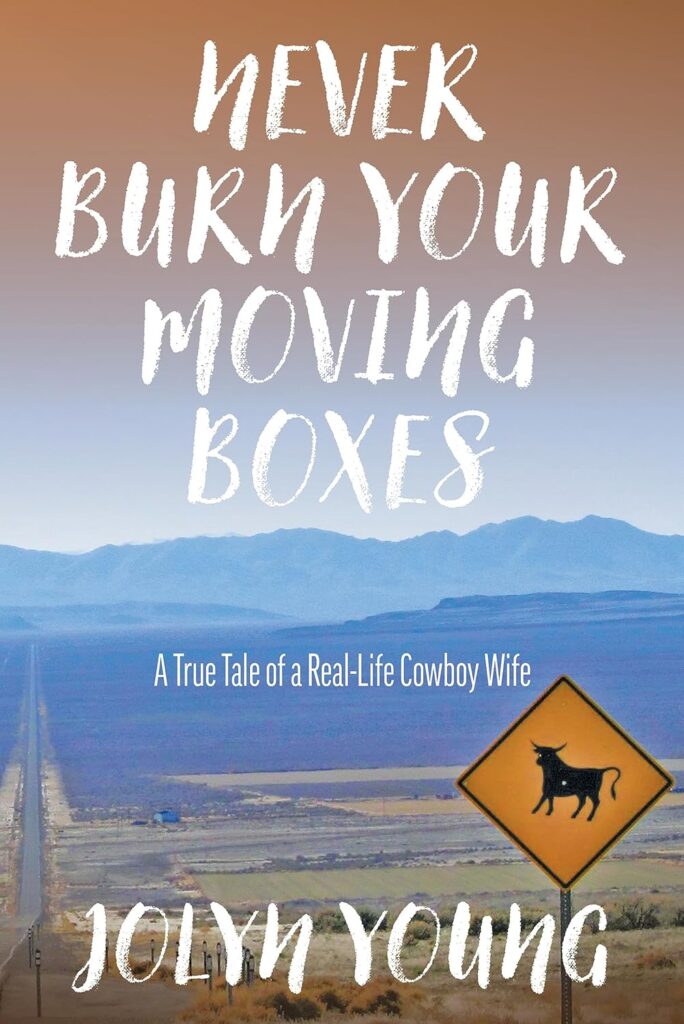On Brassard’s Farm: A Novel by Daniel Hecht is a fast-paced contemporary story that takes place in Vermont’s farm country.
Ann Turner seeks a change from her urban life in Boston. She buys a piece of land, a forested section of a dairy farm owned by the Brassards. She clears enough land to set up a tent in the deep forest. Life in the wilderness is a lot harder than she anticipated. She’s faced with harsh weather, aching loneliness, unsettling encounters with wild animals, and intruding neighbors. To make her life even more difficult, the money she plans to use to purchase the land is suddenly unavailable and she is indentured to the Brassards.
Brassards farm is in deep trouble. Milk prices have gone down, feed and equipment prices risen to the point that it’s hard to make ends meet. The money the Brassards were expecting from Ann is desperately needed. She signs on as a farm hand to pay her debt and learns the hard way what it takes to run a dairy farm. The work is relentless, the hours grueling. She chaffs at the cutting and sarcastic remarks from her stern boss, Diz Brassard, the farm’s matriarch.
Ann finds comfort and understanding from Earnest Kelley, an Oneida Indian, a friend of the Brassards who makes his home on the farm, but works as a tree surgeon. For Ann, Earnest’s wisdom and quiet humor is a balm to an otherwise bleak existence on the farm.
On Brassards’ Farm is not only a good read, but informative about the life of a dairyman. The author, Daniel Hecht , does an amazing job of describing the feelings of a woman. The story is told in first person, vividly showing the struggle and demanding work of farm life, the growth, toughness and resiliency Ann develops, and finally the joy of unexpected love.


